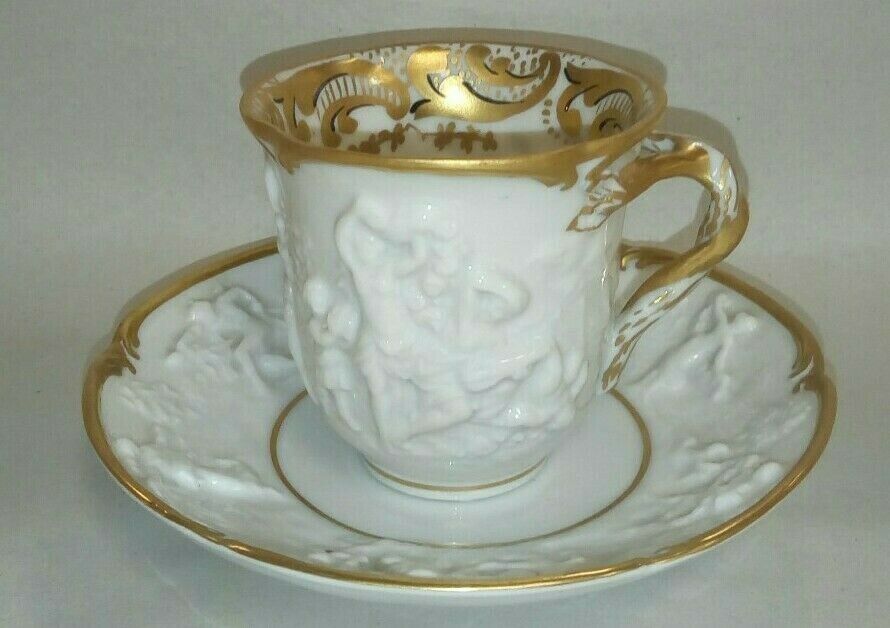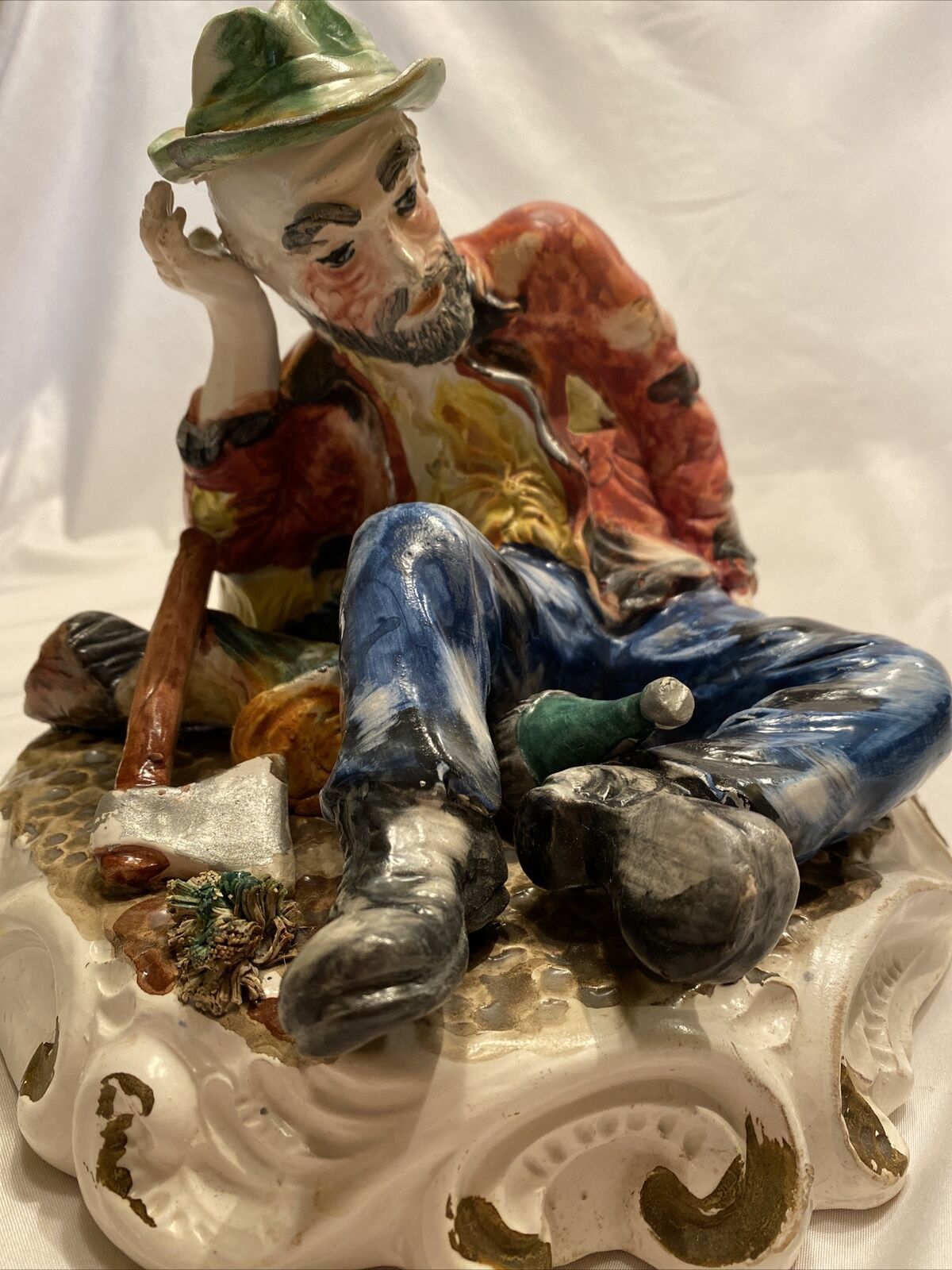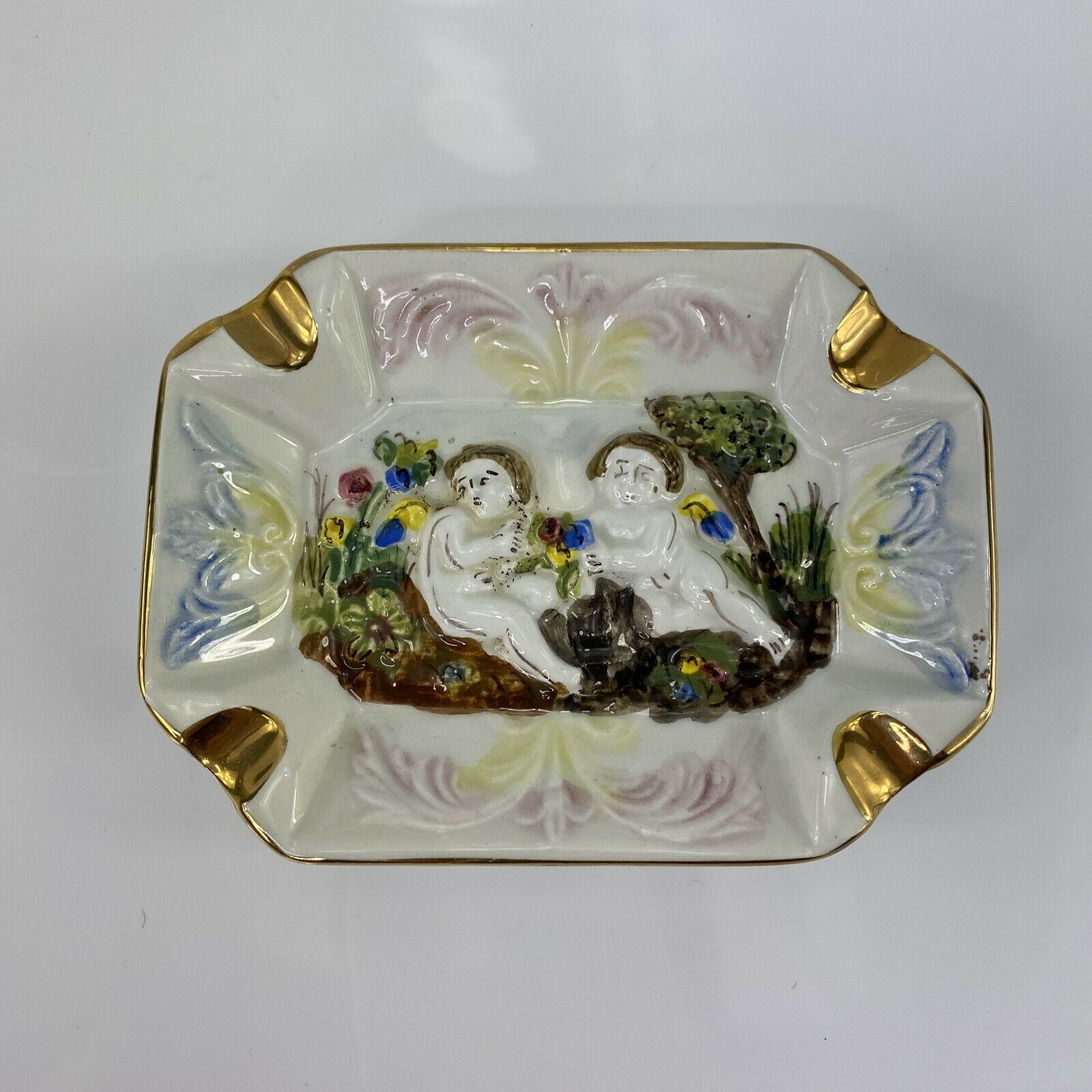-40%
Late Capodimonte Italian Porcelain Mirror Set
$ 136.61
- Description
- Size Guide
Description
Late Capodimonte Italian Porcelain Mirror SetLate Capodimonte Italian Porcelain Mirror Set
This beautiful hand painted vintage mirror set adorned with handcrafted porcelain flowers is worthy of any home and beautifully brings a sense of class and elegance to any room. A lovely set of vintage floral designs with a white porcelain finish provides a stylish and functional accent. Crafted to complement a wide variety of styled interiors, this set is a lovely addition to any home.
Dimensions: 7 1/2" Height X 6" Wide
These particular pieces are considered to be "Late" Capodimonte that were designed and manufactured by previous artists families that had connections to Capodimonte Porcelain.
HISTORY
The father of Capodimonte porcelain is considered to be
Charles of Bourbon
(1716-1788) son of Philip V of Spain and his second wife, the Italian,
Elizabeth Farnese
.
Capodimonte fine porcelain items were originally produced
in Naples, Italy.
The Capodimonte porcelain, one of the glories of
Neapolitan
homemade, bind their origins to the splendor of the Bourbon dynasty.
In 1743, King Charles of Bourbon and his wife Amalia of Saxony decided to found a center for porcelain production within their Reggia di Capodimonte, driven by the desire to achieve a porcelain similar to the German, produced at Meissen. This is when they founded the Royal Factory of Capodimonte, whose production was considered further, even greater than German and French. In fact, the particular mix of soft textured high-feldspathic praised the performance of miniatures made in the tip of the brush and created a special effect "under glass", which made these little works of art, unique in the world.
Some of the greats such as: sculptor Giuseppe Gricci, the chemist Livio Vittorio Scherps and decorator Giovanni Caselli gave an important contribution to the composition of the porcelain, improving its quality. In addition, Gricci created the famous little living room in porcelain of Queen Amalia, considered the most complete expression of the artistic style of Capodimonte.
The most flourishing period of the Royal Factory of Capodimonte is certainly in the last two decades of the eighteenth century when it was born a real art school led by Domenico Venuti, who made valuable services of porcelain, now preserved in the Museum of Capodimonte. Currently, the Royal Factory of Capodimonte has become one of the largest museums in Naples which preserves the most famous pieces of the Neapolitan tradition.
* Please note that there is some small chipping on some of the porcelain flowers, which is very common for pieces of this age and style. (see photos)
Listing and template services provided by inkFrog


















